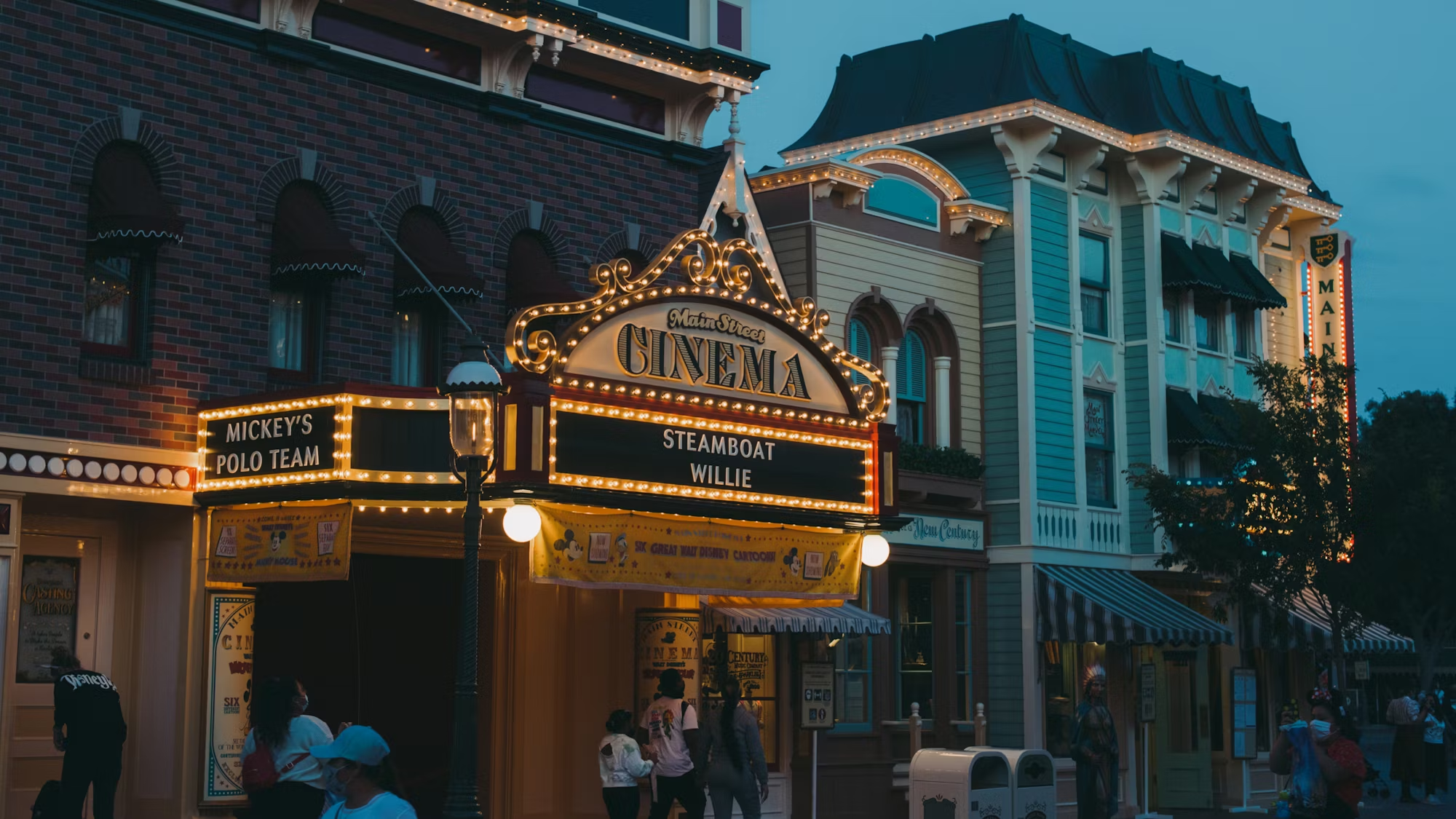The world of cinema is a vibrant landscape shaped by the myriad venues where films are presented. Each type of cinema offers unique experiences, influencing not only how we perceive films but also how we connect with one another through shared stories. This article delves into various cinema formats, from the classic theaters of yesteryear to the modern innovations that are redefining our viewing habits.
Historically, cinema began in modest settings, where local audiences gathered to watch silent films in small theaters. These intimate spaces created a sense of community, allowing viewers to share in the emotions and excitement of the stories unfolding on screen. The simplicity of these venues fostered an appreciation for the art of storytelling, laying the groundwork for the cinematic culture we enjoy today.
As sound was introduced in the late 1920s, the landscape of cinema transformed dramatically. The emergence of ‘talkies’ led to the creation of grand movie palaces, which became icons of entertainment. These opulent venues featured elaborate designs, plush seating, and grandiose interiors, elevating the act of watching a film into a cultural event. Audiences flocked to these palaces, not just for the films but for the entire experience, which often included live performances and orchestral accompaniment, making it a night to remember.
With the rise of Hollywood and the blockbuster phenomenon in the mid-20th century, the demand for larger screens and advanced sound systems became evident. This shift paved the way for multiplex cinemas, designed to accommodate multiple screens and showcase a variety of films simultaneously. Today, multiplexes serve as the cornerstone of modern cinema, offering a broad array of genres and flexible showtimes that cater to diverse audiences. The convenience of multiplexes democratizes the cinematic experience, allowing more people to enjoy the magic of film.
The social aspect of multiplexes is significant. These venues create a vibrant atmosphere where friends and families gather to watch films together, sharing the excitement and emotional journey of the story. The communal experience enhances the enjoyment of movies, encouraging discussions and debates that further deepen viewers’ connections to the narratives being told. Multiplexes serve as a social hub, where the joy of film becomes intertwined with personal connections and shared memories.
As technology advanced, so did the cinematic experience. IMAX theaters emerged as a groundbreaking format, known for their massive screens and immersive sound systems. This innovative technology provides audiences with an unparalleled experience, making them feel as though they are part of the action. Films specifically shot in IMAX format offer breathtaking visuals that captivate viewers, enhancing their emotional engagement with the story. The combination of stunning imagery and powerful audio creates an unforgettable experience that elevates the standard movie-watching adventure.
IMAX is not solely limited to blockbuster films; it also embraces educational documentaries that inspire curiosity and wonder. By showcasing nature, science, and exploration in visually stunning detail, IMAX theaters engage audiences on multiple levels, highlighting the versatility of film as a medium for storytelling. This adaptability emphasizes the profound impact cinema can have on learning and personal growth, making it a powerful tool for education and entertainment.
In addition to IMAX, specialized formats continue to enhance the viewer experience. 4D theaters provide a multi-sensory journey, combining visual storytelling with physical effects such as motion, scents, and environmental sensations. This immersive experience allows audiences to feel the action on screen, making them an integral part of the narrative. The excitement of experiencing a film in 4D creates unforgettable moments that linger long after the credits roll, reinforcing the emotional connection to the story.
D-Box seating adds another layer of immersion, where motion is synchronized with the on-screen action. Viewers can feel the rumble of a chase or the gentle sway of a romantic scene, enhancing the emotional impact of the film. These innovations reflect a growing trend in cinema toward interactive experiences, appealing to audiences seeking deeper engagement with the stories they love. Such advancements ensure that the cinematic experience remains dynamic and relevant in an ever-evolving entertainment landscape.
While traditional theaters and multiplexes continue to thrive, alternative cinema formats are gaining popularity. Drive-in theaters, for instance, have enjoyed a resurgence, tapping into a sense of nostalgia while providing a unique outdoor experience. Watching films from the comfort of one’s vehicle creates an atmosphere of freedom and connection, as families and friends gather under the stars to enjoy a movie. The drive-in experience often incorporates picnics and socializing, fostering lasting memories and creating a special bond among attendees.
Art house cinemas play a vital role in the film landscape, focusing on independent, foreign, and niche films that might otherwise go unnoticed. These venues cultivate an intimate environment where audiences can explore thought-provoking narratives and artistic expressions. Art house cinemas often host film festivals, discussions, and Q&A sessions with filmmakers, enriching the viewing experience and promoting a deeper appreciation for the art of cinema. By showcasing diverse voices and unique stories, these theaters strengthen the cultural fabric of film and expand the horizons of audience engagement.
Luxury cinemas have emerged as a notable trend, offering an upscale experience for those seeking something extraordinary. Featuring reclining seats, gourmet dining options, and personalized service, these venues transform the act of watching a film into a lavish outing. Patrons can indulge in fine dining while enjoying the latest releases, making luxury cinemas a popular choice for special occasions and celebrations. This fusion of comfort and high-quality entertainment appeals to those looking to elevate their movie-watching experience.
Pop-up cinemas have also added a creative twist to the film experience, often set up in unique locations such as parks, rooftops, or unconventional venues. These temporary theaters provide fresh atmospheres for movie-watching, often accompanied by themed events and local food vendors. The spontaneity of pop-up cinemas attracts diverse audiences, creating a lively environment that enhances the overall experience. This innovative approach highlights cinema’s adaptability, demonstrating that it can thrive in various settings while continuing to bring people together.
As we look ahead, the potential for innovation in cinema seems limitless. Virtual reality (VR) and augmented reality (AR) technologies are on the cusp of transforming how we engage with films. These immersive formats promise to redefine storytelling, allowing viewers to step into narratives and interact with characters and environments in ways never before possible. As these technologies continue to evolve, they will undoubtedly create new dimensions of cinematic experiences, making the act of watching a film more interactive and engaging than ever.
In conclusion, the evolution of cinema and its various venues reflects the dynamic nature of storytelling and the enduring power of film. Each type of cinema contributes to the richness of the cinematic experience, enriching our understanding of narratives and fostering connections among viewers. Whether it’s the nostalgic charm of a drive-in, the elegance of a luxury cinema, or the creativity of a pop-up theater, each experience reminds us of the magic of storytelling and the bonds it creates. As we continue to explore these diverse forms of film presentation, we celebrate the shared moments and emotions that cinema brings into our lives.



